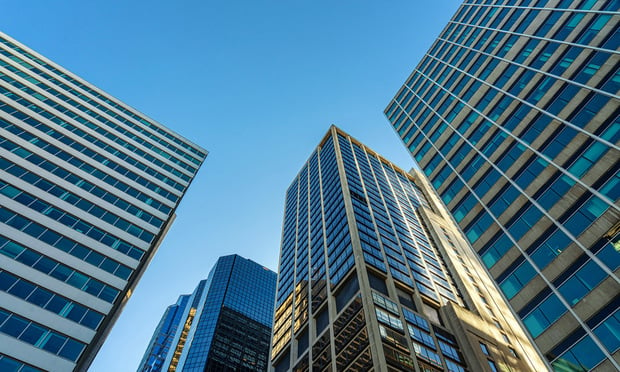WASHINGTON, DC–Ground-up development has captured 3 times more leasing activity than redevelopments — 4.5 million square feet versus 1.5 million square feet, according to a new data point by JLL. Indeed, only 33% of recently delivered or under construction ground-up projects remain available versus 56% of space at redevelopments.
However that doesn't mean these buildings — or for that matter redeveloped existing buildings — are making much headway with rental rates. In this strong tenant market, with heavy concessions the norm, the effective rental rate is flat, Carl Caputo, JLL Senior Research Analyst tells GlobeSt.com.
“You are continuing to see face rates and year-one rents hold — but at the same time the concessions that are being offered are growing,” he says.
“If you look at the effective basis and take into account free rents and TIs and the lease liability that is being assumed — there simply isn't that much significant rent growth.”
According to JLL, excess supply among both ground-up and redevelopment projects and a limited near-term demand pool of Trophy and Class A tenants has resulted in a 25-35% increase in concession packages at ground-up projects and a 45-60% increase at redevelopments, which have recently offered 16-18 months free and $140-$150 in tenant improvements allowances to prospective tenants.
JLL writes:
Growing concession packages have significantly offset the rise in face rates and suppressed net effective rent growth, particularly at redevelopments, where rents on a net effective basis are more than $10 per square foot lower than the base year rent among leases signed in 2017.
Particularly with redeveloped product the effective rental rate is relatively flat to very minimal, Caputo says. This begs the question whether these redevelopments of existing product are financially worthwhile — especially when they are competing with new trophy assets and Class A commodity space.
The answer to that question, Caputo says, is that it depends on project.
“You've got to dig into the numbers to get the answers. You can still redevelop a building in DC and have it be successful — it just needs the right strategy.”
Want to continue reading?
Become a Free ALM Digital Reader.
Once you are an ALM Digital Member, you’ll receive:
- Breaking commercial real estate news and analysis, on-site and via our newsletters and custom alerts
- Educational webcasts, white papers, and ebooks from industry thought leaders
- Critical coverage of the property casualty insurance and financial advisory markets on our other ALM sites, PropertyCasualty360 and ThinkAdvisor
Already have an account? Sign In Now
*May exclude premium content© 2025 ALM Global, LLC, All Rights Reserved. Request academic re-use from www.copyright.com. All other uses, submit a request to [email protected]. For more information visit Asset & Logo Licensing.










